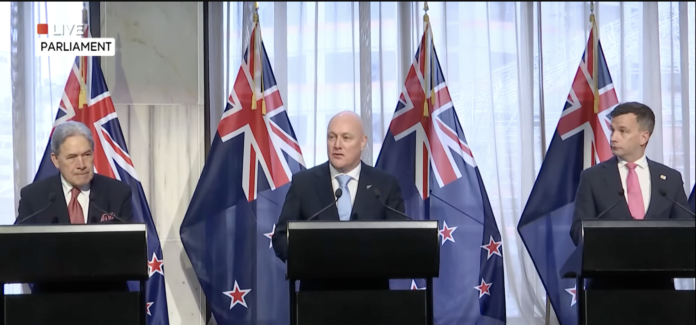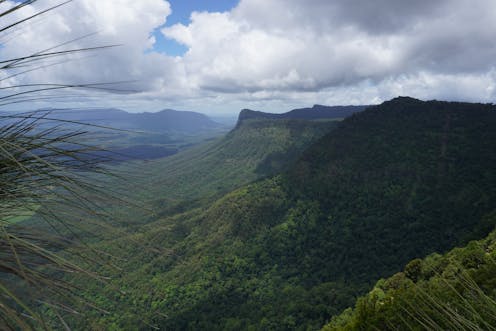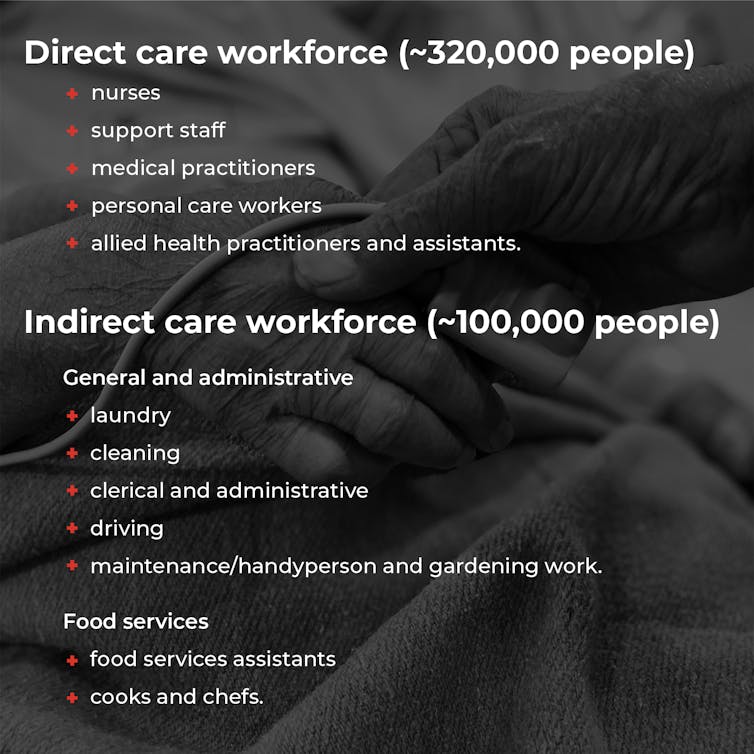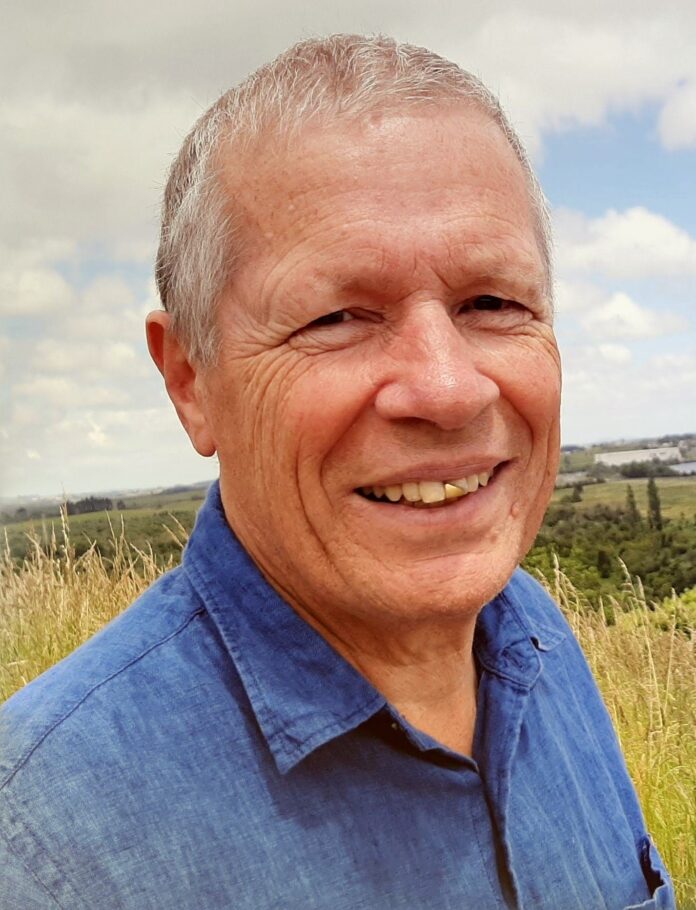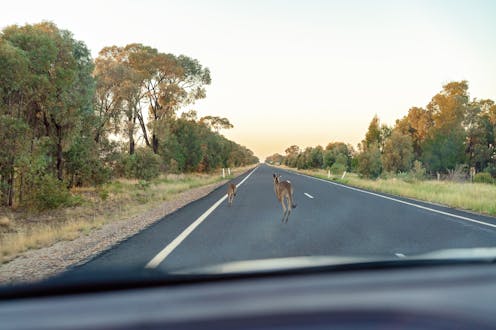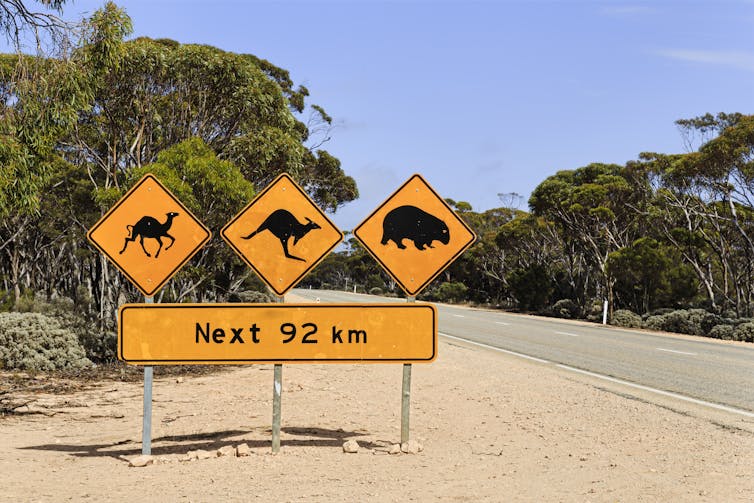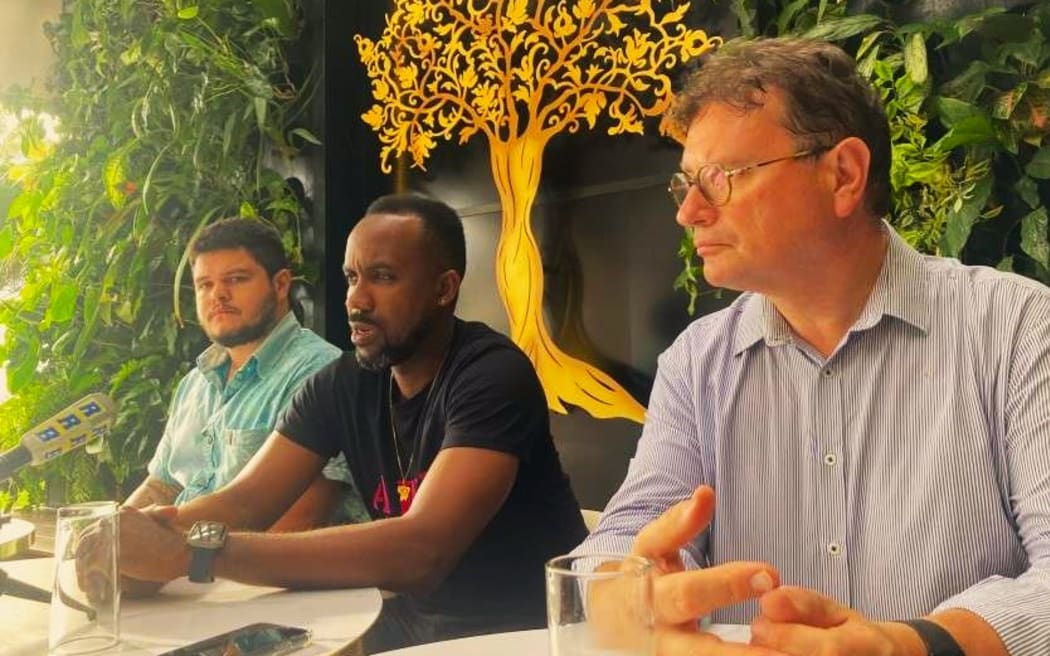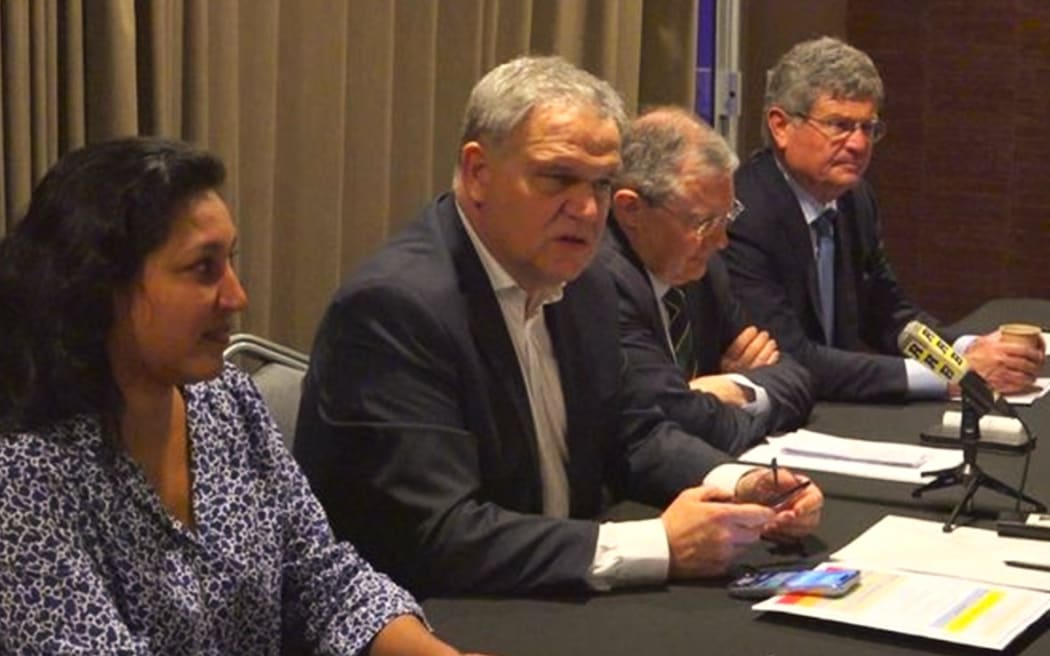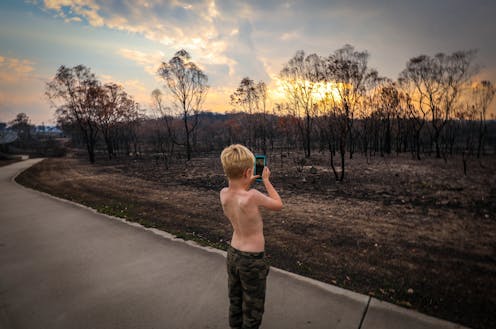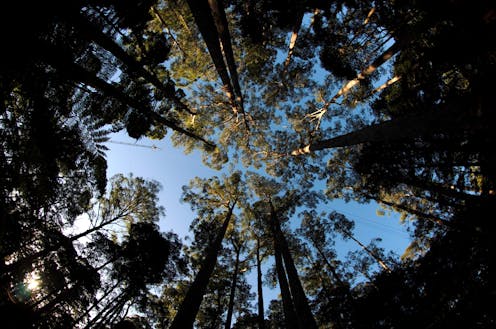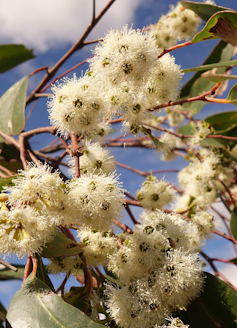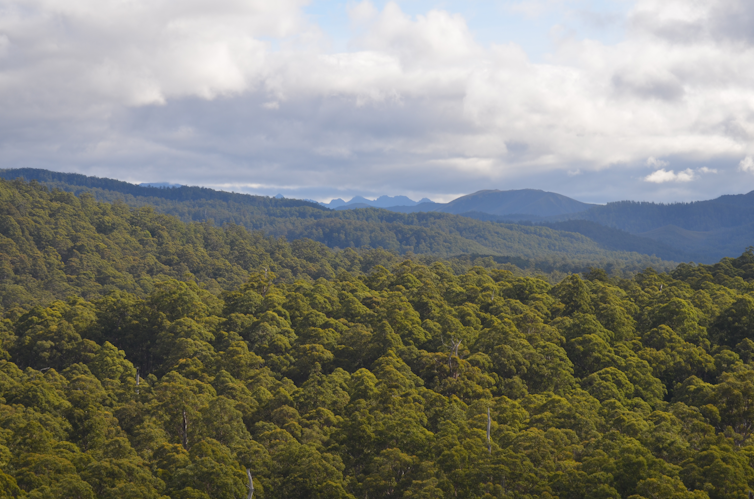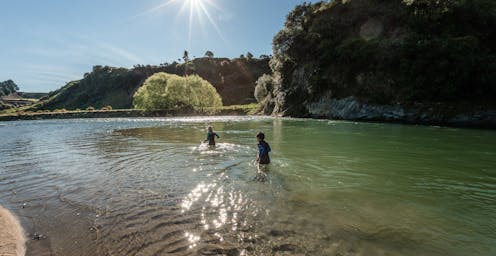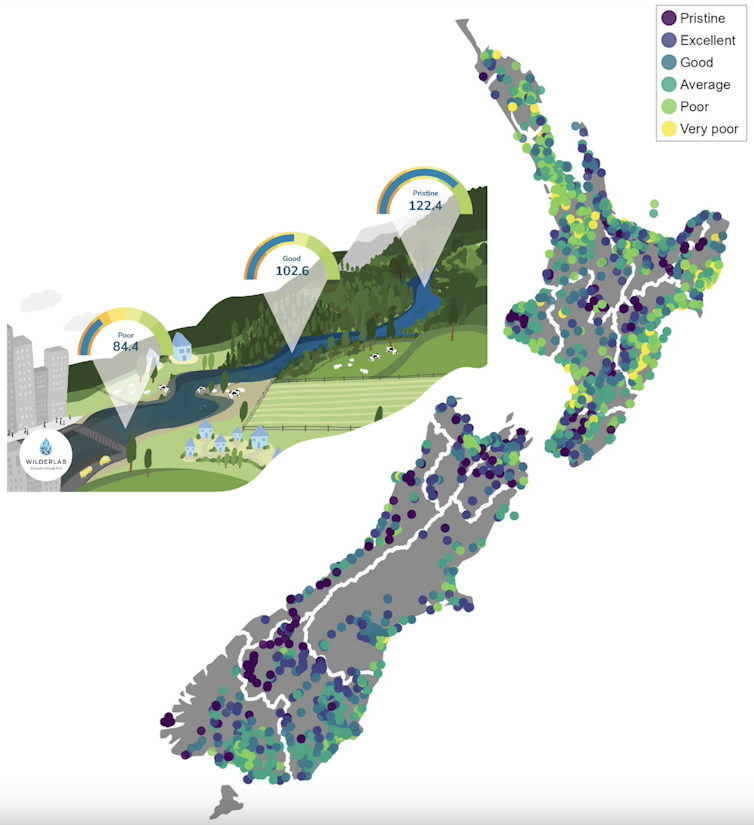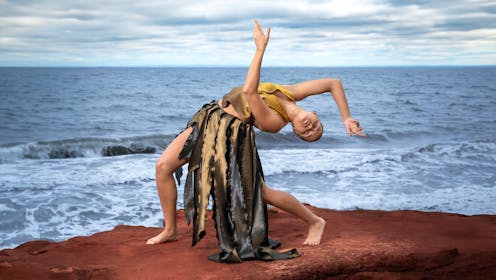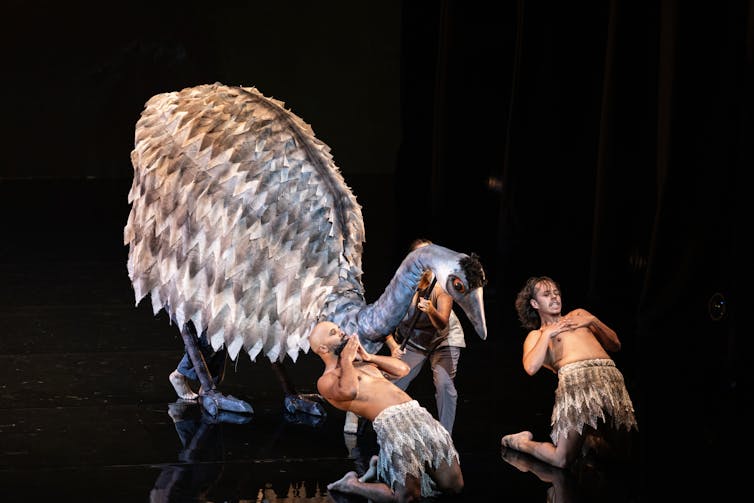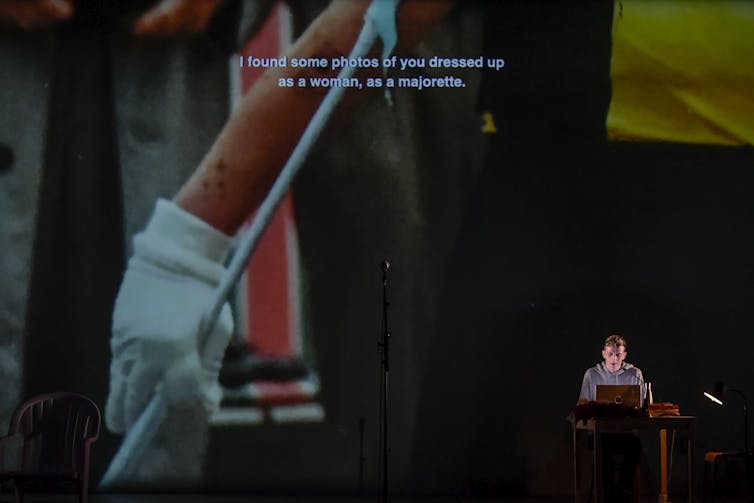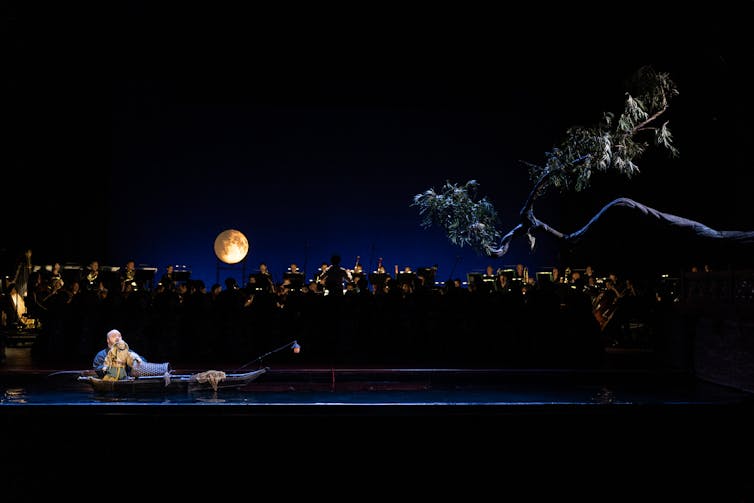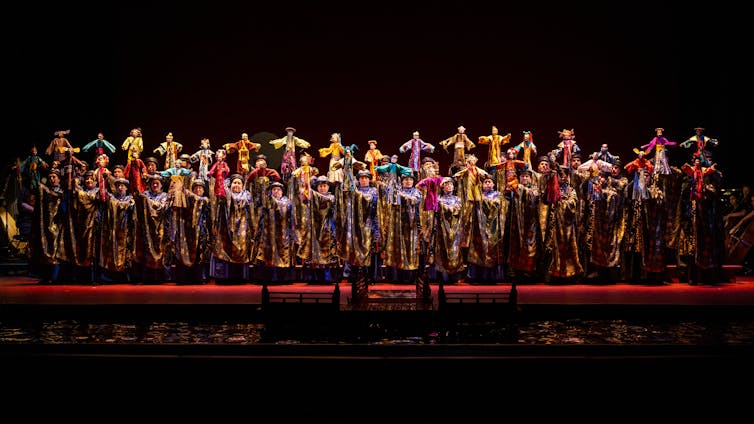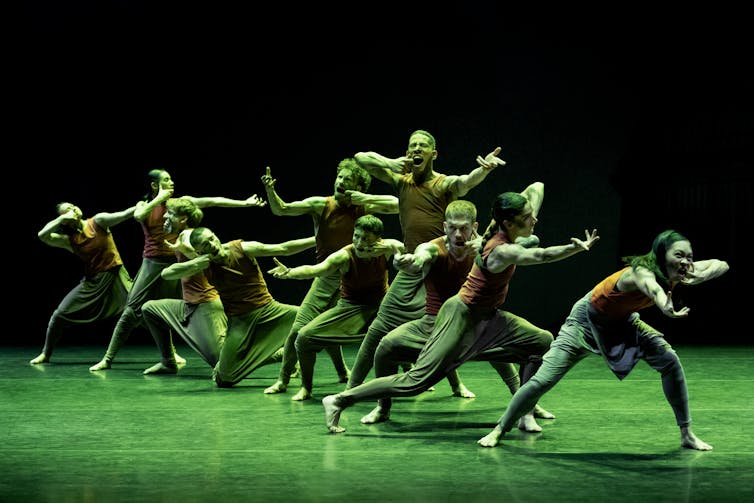Source: The Conversation (Au and NZ) – By James Laurenceson, Director and Professor, Australia-China Relations Institute (ACRI), University of Technology Sydney
There is a prominent view in Australia that bilateral relations with China remain inherently “fragile”.
Canberra and Beijing might have started talking to each other again after Labor returned to power in May 2022. But some deep-seated differences remain, such as around the role the United States should play in the emerging regional order.
And at any moment these differences might see the Albanese government put in Beijing’s doghouse, just as the Morrison government was in 2020.
After the visit to Australia this week by Chinese Foreign Minister Wang Yi, however, we can be a little more confident the current positive trajectory in Australia-China relations has some resilience.
Wang’s main purpose for making the trip was to join Australian Foreign Minister Penny Wong for the reinstated annual Australia-China Foreign and Strategic Dialogue, a regular, high-level meeting that was put on pause during the lowest point of China-Australia relations.
Following his meeting with Wong, Wang also had a roundtable discussion with a group of Australian business leaders, academics and think tank experts, hosted by the Australia-China Business Council. I was a part of this session.
Perhaps unsurprisingly, Wang talked up China’s domestic and international achievements during this session, such as the fact that China’s economy consistently contributes to one-third of global economic growth.
He also defended Beijing’s positions on a range of issues, such as the introduction of a controversial national security law this week in Hong Kong. And there was more than one critical reference to the United States.
But when Wang explained how Beijing hoped to manage ties with Canberra moving forward – and what China wanted to get out of the relationship with Australia more broadly – it was striking that in both tone and substance his remarks were almost identical to those of Wong.
Wang’s tone was not exuberant. But it was unmistakably positive and assiduously forward-looking. The assertive, “wolf warrior”-style diplomacy that characterised China’s foreign policy in recent years was nowhere to be seen. And the “14 grievances” the Chinese embassy issued in 2020 to express the country’s frustrations with Australia remained in the drawer.
And like his Australian counterpart, Wang hoped that Beijing and Canberra would maintain “mature, stable and productive” relations. His aim was for the “diverse engagement” between the two countries to continue and the “untapped potential” of the relationship to be realised.
After all, Wang said, Australia and China had “more common interests than differences”. On the latter, the task was not to pretend they didn’t exist, but rather to “manage and rise above” them.
This sounded an awful lot like Wong’s exhortation in a press conference following her meeting with Wang that Australia and China need to “manage their differences wisely”.
Wang even managed a note of humour, joking to business leaders in the room that despite Australia running a massive bilateral trade surplus with China (more than $A100 billion in 2023), Beijing did not consider this a problem. He quipped he did not intend launching any “301 investigations” against Australia, name-checking the tactics that Washington has deployed to reduce its trade deficit with China.
Avoiding diplomatic pitfalls
Given Beijing’s previous behaviour toward Canberra, such as using trade restrictions to disrupt A$20 billion worth of Australian exports in 2020, Wang’s rhetoric this week could arouse some scepticism.
But recent events suggest more is at play – and the relationship is actually on firmer ground than might be expected.
Last November, a Chinese warship directed a powerful, hull-mounted sonar at an Australian naval vessel in the East China Sea, causing minor injuries to divers who had been removing fishing nets entangled in the ship’s propellers.
Neither side shied away from making clear their positions on the incident – and these were at odds.
Australian Prime Minister Anthony Albanese described the Chinese actions as “dangerous, unsafe and unprofessional”.
China’s Ministry of National Defence, meanwhile, said Australia ought to “respect the facts” and “stop making reckless and irresponsible accusations”.
Despite this strong language, however, neither side prolonged or escalated the impact of the incident.
The same dynamic was apparent when Beijing announced last month that an Australian citizen, Yang Hengjun, had received a suspended death sentence in China for “espionage”.
Wong described the verdict as “appalling”. Albanese said his government had conveyed to Beijing “our dismay, our despair, our frustration, but to put it really simply, our outrage at this verdict”. She continued to advocate loudly on Yang’s behalf to Wang this week, as well.
Beijing took a very different position, saying the Chinese court respected Yang’s procedural rights.
But when asked whether Australia might take more extreme steps in response to the verdict, such as recall Australia’s ambassador to Beijing or rescind an invitation for a high-ranking Chinese official to visit, Wong quickly hosed down such suggestions. Chinese Premier Li Qiang is still expected to visit Australia this year, reciprocating Albanese’s trip to China last November.
And at the same time, Trade Minister Don Farrell continued to talk up areas of mutual benefit between the countries. He said just days after the verdict that while Australia already has a roaring A$300 billion trade relationship with China, this “doesn’t mean that figure can’t be A$400 billion”.
Evidently, neither side wishes to return to the dysfunction of 2020–21, when the response to political differences was megaphone diplomacy, cutting off dialogue and crimping areas of mutually beneficial cooperation.
None of the episodes of the last few months are proof positive that Australia-China relations could not be thrown off course again by a more extreme development. If Canberra walked away from adhering to the “One-China Policy”, for instance, or if Beijing ramped up its aggression towards Australian naval vessels in international waters, the future of the bilateral relationship would quickly darken.
But for the time being, the outlook is more stable and optimistic than it has been for a good while.
Read more:
Does Yang Hengjun have any legal hopes left after receiving a suspended death sentence in China?
![]()
James Laurenceson does not work for, consult, own shares in or receive funding from any company or organisation that would benefit from this article, and has disclosed no relevant affiliations beyond their academic appointment.
– ref. Positive outlook, with a dash of humour: Wang Yi’s visit sets the tone for a real diplomatic reboot – https://theconversation.com/positive-outlook-with-a-dash-of-humour-wang-yis-visit-sets-the-tone-for-a-real-diplomatic-reboot-226232






